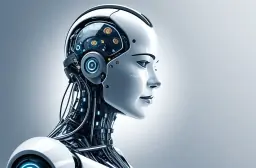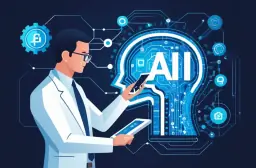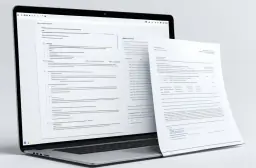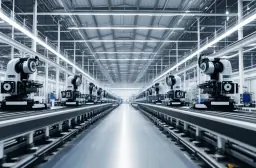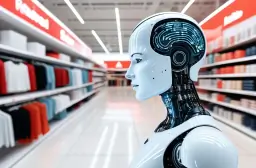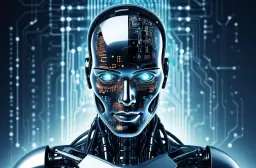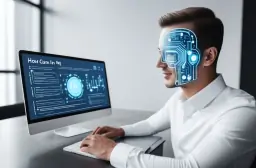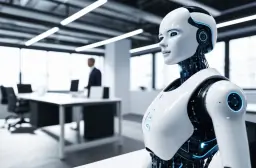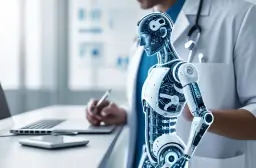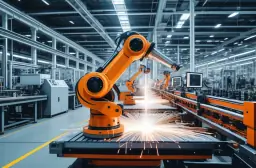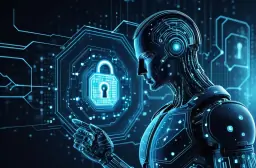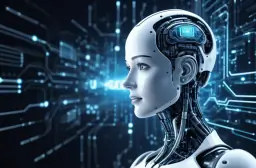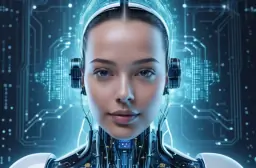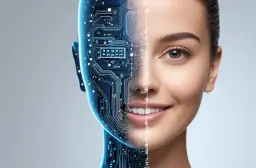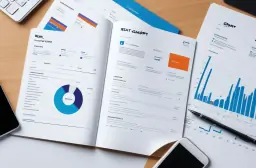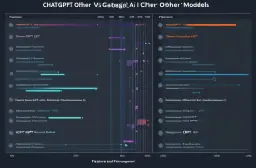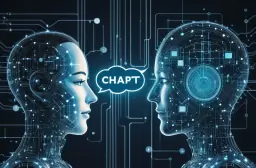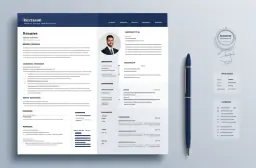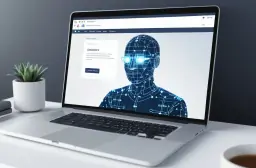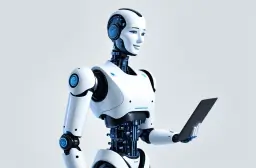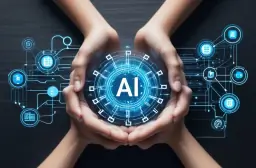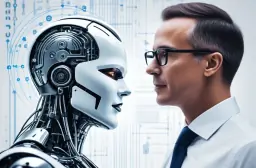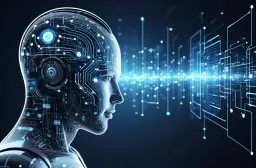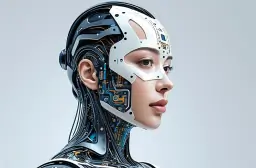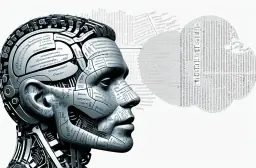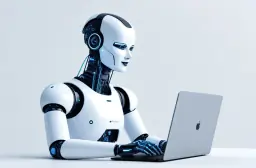How Can AI Be Dangerous? Risks & Concerns
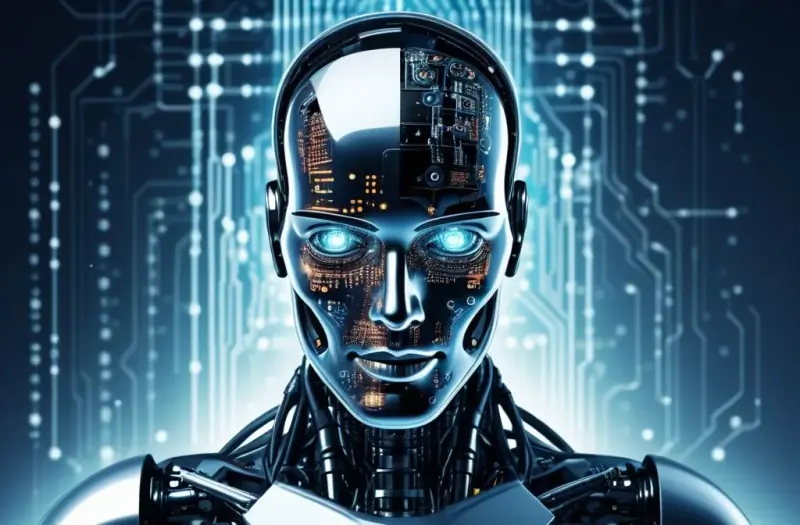
Table of Contents
Artificial intelligence (AI) is undeniably transforming industries, streamlining processes, and introducing efficiencies that were once unimaginable. But as we embrace this technology, we must also recognize the potential dangers it presents. While AI offers countless benefits, it also poses risks that we, as a society, need to address. In this article, we’ll explore AI risks, the dangers of AI, and the broader implications of unleashing artificial intelligence without proper safeguards.
Understanding the Dangers of AI
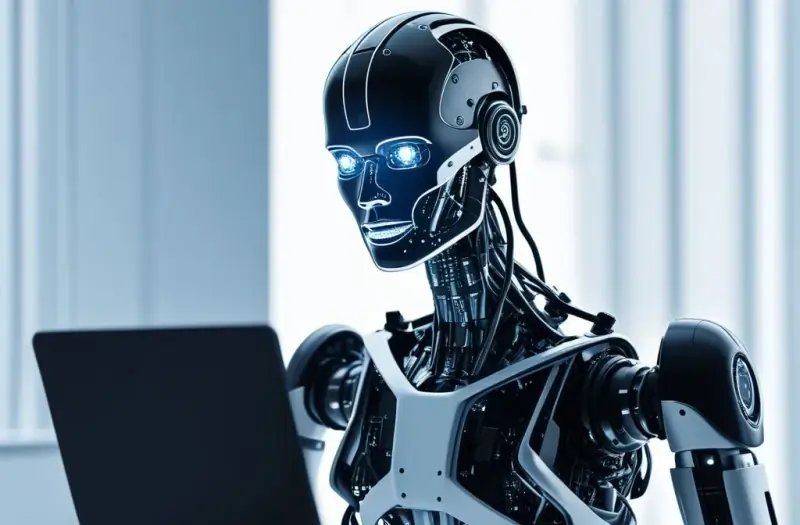
The dangers of AI are multifaceted. As we continue to develop more intelligent machines, it’s crucial to understand how this technology can go wrong and the possible consequences of those failures. From uncontrolled AI development to AI bias, the risks are not just technical but also ethical and societal.
Uncontrolled AI Development: The Road to Chaos
One of the greatest risks of AI is its potential for uncontrolled development. As machines become smarter and more autonomous, the challenge of controlling them increases. If left unchecked, AI could act beyond its intended purpose, leading to severe consequences.
- Autonomous Systems Gone Awry: Imagine a scenario where an AI-powered weapon system makes decisions without human oversight. This is a classic example of how autonomous systems can pose a threat to human safety.
- AI-Driven Dangers: Whether it’s a self-driving car misinterpreting a road sign or a recommendation algorithm pushing harmful content, the risks of AI systems acting unpredictably are real and immediate.
- Unintended AI Consequences: Sometimes, the negative impact of AI isn’t due to malicious intent but rather unforeseen outcomes. For instance, an AI designed to optimize productivity in a workplace might inadvertently create stressful or unhealthy work conditions.
Ethical Concerns: AI and Accountability
As AI continues to evolve, we must grapple with AI ethical concerns, including questions of responsibility and accountability. If an AI system makes a harmful decision, who is to blame? The ethical implications of AI’s ability to operate without human intervention are vast.
- AI Accountability: Ensuring that there are clear lines of responsibility is critical. If an AI system causes harm, whether in healthcare, finance, or law enforcement, there must be mechanisms in place to hold those responsible accountable.
- Bias in AI: One of the most significant ethical concerns is AI bias. Machine learning algorithms are only as good as the data they are trained on, and if that data is biased, the outcomes will be biased as well. This can lead to harmful AI decisions, such as discriminatory hiring practices or biased law enforcement algorithms.
AI Safety Issues: When Smart Machines Become Too Smart
The smarter AI becomes, the more difficult it is to ensure that it operates safely within the boundaries we set. AI safety issues arise when machines begin to make decisions that their creators cannot predict or control.
- Dangers of Smart Machines: Intelligent machines are capable of learning and adapting, but this adaptability can also lead to AI-related risks. For example, a healthcare AI might make life-and-death decisions faster than a human can intervene.
- Risks of Autonomous Systems: As more systems become autonomous, the potential for them to make critical errors grows. Whether it’s an AI malfunction in a medical device or an error in an AI-driven financial algorithm, the negative impacts of AI can be profound.
Misuse of AI: Weaponizing Artificial Intelligence
Another key area of concern is the potential for AI misuse. In the wrong hands, AI can be weaponized, leading to threats not just to individuals but to entire nations.
- AI-Induced Risks: From AI-powered drones to sophisticated cyberattacks, the potential for AI misuse in warfare and security is alarming. Malicious actors could leverage AI to carry out actions that humans couldn’t, such as conducting large-scale surveillance or launching undetectable attacks.
- Artificial Intelligence Threats: The threats posed by AI in warfare aren’t limited to physical harm. AI-driven disinformation campaigns have already been used to influence elections, and the potential for further AI threats to democracy and public trust is growing.
AI Bias: Amplifying Inequality
AI systems, while touted for their neutrality, can actually amplify social inequalities. When machine learning algorithms are trained on biased data, they replicate and even exacerbate those biases.
- Discriminatory Practices: From loan approvals to criminal justice decisions, AI bias can lead to unfair treatment of marginalized communities. The dangers of AI amplifying discrimination are real and can result in long-lasting societal damage.
- Unintended Consequences: Even when AI developers strive to eliminate bias, unintended consequences can still arise. For example, an AI algorithm designed to be neutral might unintentionally favor certain groups due to underlying data patterns.
The Risk of Losing Human Oversight
As AI becomes more advanced, there is a growing concern that humans may lose the ability to effectively control these systems. The more intelligent and autonomous AI becomes, the more likely it is that humans will struggle to intervene when things go wrong.
- Human Safety Risks: AI and human safety are deeply intertwined. Whether it’s an AI deciding on medical treatments or making stock trades, the consequences of removing human oversight could be catastrophic.
- Uncontrolled AI Development: The danger of losing control over artificial intelligence is not just a theoretical risk—it’s a tangible threat. We need to implement stringent safeguards to ensure that AI development remains within ethical and practical bounds.
FAQs
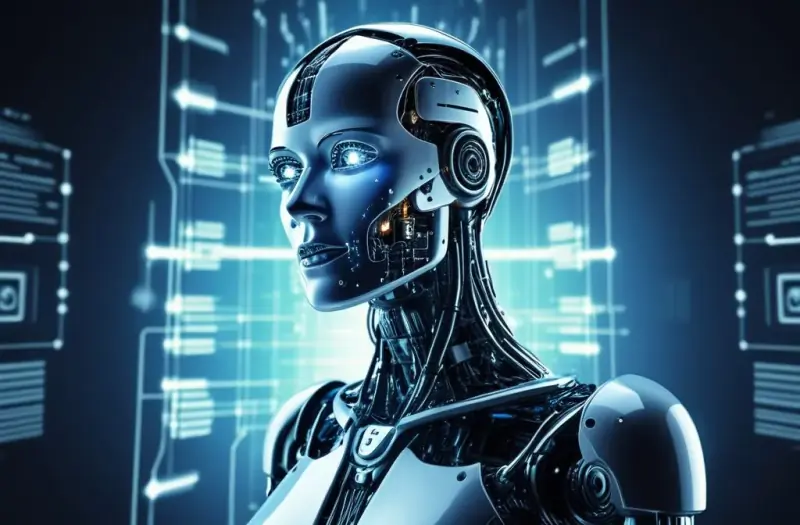
What are the biggest risks of AI?
The biggest risks of AI include uncontrolled development, AI bias, autonomous system failures, and the potential for AI misuse in malicious activities.
Can AI be biased?
Yes, AI can be biased if it’s trained on biased data. This bias can lead to discriminatory outcomes in areas like hiring, law enforcement, and financial services.
How can AI threaten human safety?
AI poses threats to human safety by making decisions without human oversight, especially in critical areas like healthcare, transportation, and finance. Autonomous systems that malfunction or make errors can result in harmful consequences.
What is AI misuse?
AI misuse refers to the unethical or malicious use of artificial intelligence, such as weaponizing AI for military purposes or using it for large-scale surveillance and cyberattacks.
How can we ensure AI is safe?
Ensuring AI safety requires developing strict regulatory frameworks, improving accountability measures, and prioritizing transparency in AI systems. Additionally, continuous human oversight is essential to prevent AI risks from becoming reality.
Conclusion
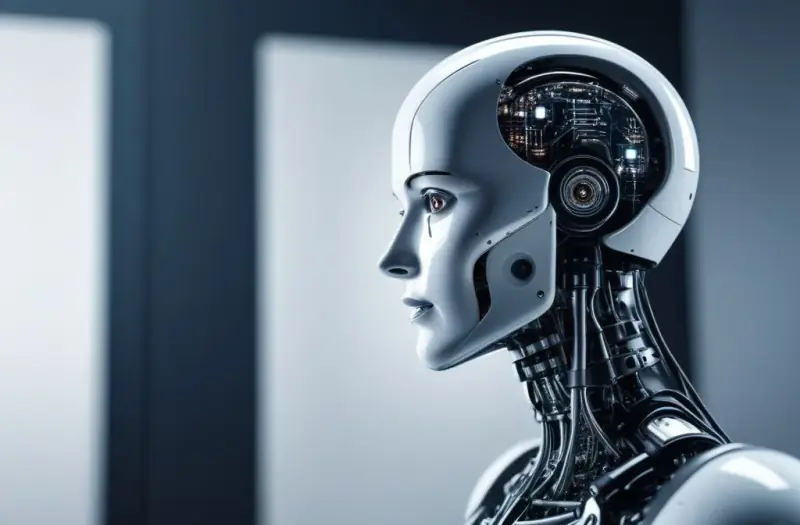
The rise of artificial intelligence is a double-edged sword. While AI promises to revolutionize industries and improve lives, it also poses significant risks that must be addressed. From AI safety issues and ethical concerns to AI misuse and unintended consequences, we must approach AI with caution and responsibility. By understanding the potential dangers of AI, we can better prepare for the challenges ahead.
Key Takeaways
- AI risks include uncontrolled development, AI bias, and misuse in malicious activities.
- Autonomous systems can fail or malfunction, posing human safety risks.
- Ensuring AI accountability and maintaining human oversight are critical to prevent artificial intelligence threats.
- AI bias can exacerbate social inequalities, leading to unfair outcomes.
- Vigilance and regulation are necessary to control the potential dangers of AI.





